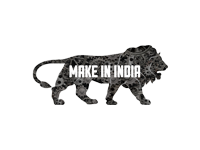
DMMU Ziro
DASHBOARD DMMU ZIRO
DMMU Ziro covers the districts of Lower Subansiri, Kra Daadi, and Kurung Kumey, comprising a total of 16 blocks. The region is predominantly rural, characterized by rugged mountain terrain and traditional livelihoods. Agriculture, animal husbandry, and horticulture are the main occupations across the blocks, with many households practicing subsistence farming.
The mission has brought over 10,746 households into the SHG fold and enabled the formation of strong community institutions, including SHGs, PLFs, and MCLFs. Through ArSRLM, local women have gained access to credit, training, and livelihood opportunities. Community members are now engaged in microenterprises such as poultry, vegetable vending, tailoring, and catering services.
Success stories like those of Likha Yami and Bengia Yagar demonstrate how rural women have transformed their lives through SHG-led enterprises. Initiatives like custom hiring centers and local markets have also created economic opportunities, while federations continue to promote grassroots leadership, financial inclusion, and collective action.










